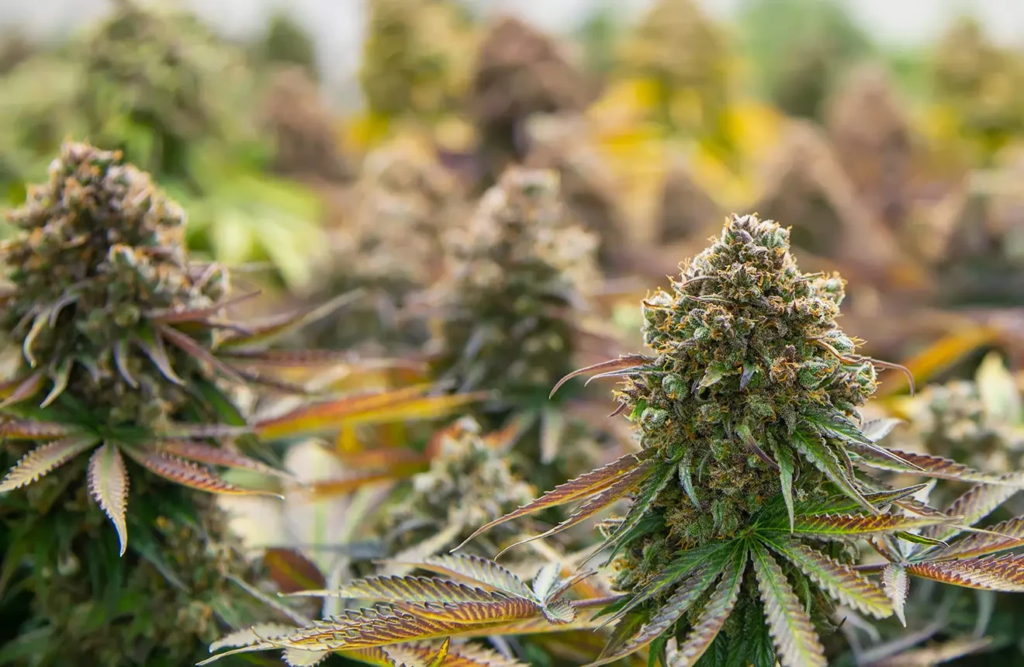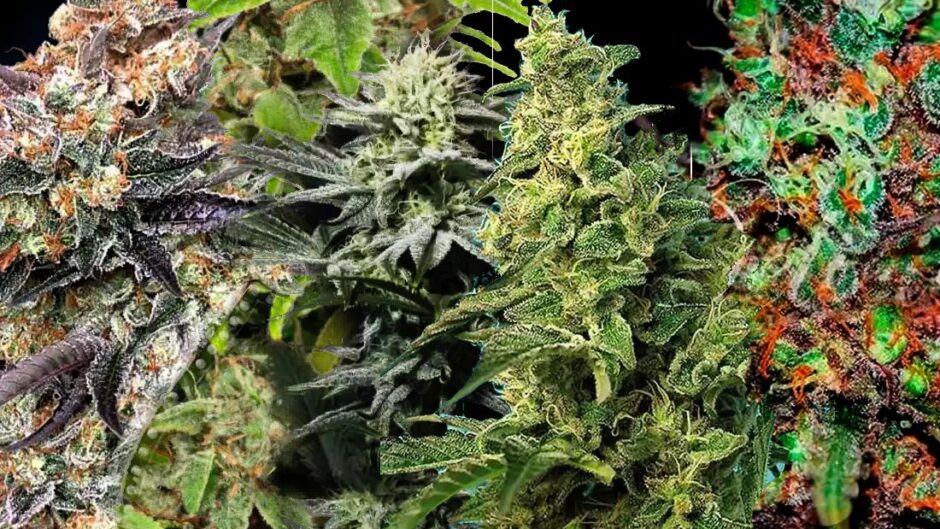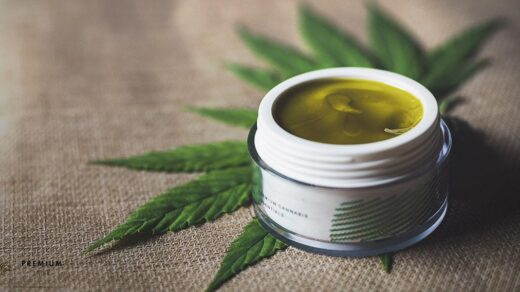Introduction
Cannabis cultivation has evolved significantly over the years, with breeders developing strains tailored to different environments and climates. While cannabis is often associated with warm and tropical regions, it’s entirely possible to grow cannabis in cold climates with the right knowledge and suitable strains. In this comprehensive guide, we will explore the best cannabis seeds for cold climates, as well as essential tips for successful cultivation in such conditions.
Understanding Cannabis and Cold Climates
Cannabis is a remarkably adaptable plant, but its natural habitat is primarily in regions with warm to temperate climates. However, with advancements in breeding techniques, growers now have access to strains that can thrive in colder environments. To successfully cultivate cannabis in cold climates, it’s crucial to consider the following factors:

- Temperature: Cold climates are characterized by low temperatures, particularly during the fall and winter months. Cannabis plants are sensitive to temperature fluctuations, and extreme cold can cause damage or stunted growth.
- Daylight Hours: Cannabis is a photoperiodic plant, meaning it relies on changes in daylight hours to trigger flowering. In cold climates with shorter growing seasons, selecting autoflowering strains can be advantageous, as they do not rely on specific light schedules to flower.
- Moisture and Humidity: Cold climates often come with higher humidity levels and increased precipitation. Proper humidity control and moisture management are vital to prevent mold and mildew issues that can arise in these conditions.
- Soil and Nutrients: Understanding the local soil composition and providing the right nutrients is essential for the plant’s health and vitality. In cold climates, it’s especially important to ensure the soil is well-draining to prevent waterlogging.
- Frost Protection: Frost is a significant concern in cold climates, and growers must be prepared to protect their plants from frost damage, especially during late-season cultivation.
Best Cannabis Seeds for Cold Climates
When selecting cannabis seeds for cold climates, it’s essential to choose strains that are well-suited to the unique challenges presented by lower temperatures and shorter growing seasons. Here are some of the best cannabis strains for cold climates:
- Northern Lights: Northern Lights is a classic indica-dominant strain known for its resilience and ability to thrive in colder climates. It is a short, bushy plant that flowers relatively quickly, making it a popular choice for outdoor growers in colder regions.
- Swiss Dream: Swiss Dream is a CBD-rich strain that offers a balanced THC-to-CBD ratio. This strain is ideal for those looking for therapeutic benefits and a milder psychoactive effect. It is well-suited to cold climates due to its hardy genetics.
- Blueberry Auto: Blueberry Auto is an autoflowering strain that combines the famous Blueberry genetics with Ruderalis traits. It is a compact plant that flowers quickly and can be harvested early in the season, making it suitable for cold climates with shorter growing seasons.
- Early Skunk: Early Skunk is a hybrid strain with a mix of indica and sativa genetics. It is known for its early flowering and resistance to cold and damp conditions. This strain can produce robust plants that thrive in colder outdoor environments.
- Russian Doll: Russian Doll is another autoflowering strain known for its ability to withstand cold temperatures and adapt to challenging outdoor conditions. It is a compact plant with a quick flowering time.
- Frisian Dew: Frisian Dew is a hardy outdoor strain developed by Dutch Passion specifically for challenging climates. It has a high resistance to mold and pests, making it suitable for cold and humid conditions.
- AK-47: AK-47 is a versatile hybrid strain known for its hardiness and adaptability. While it may require some extra care in colder climates, it can produce high yields and potent buds.
- White Widow: White Widow is a classic strain with strong genetics that can withstand colder temperatures. It is an indica-dominant hybrid known for its resin production and frosty appearance.
Tips for Successful Cannabis Cultivation in Cold Climates
- Choose the Right Location: Select a location for your cannabis garden that receives maximum sunlight exposure throughout the day. South-facing slopes or areas with good airflow can help mitigate the effects of colder temperatures.
- Use Greenhouses or Cold Frames: Cold frames or small greenhouses can provide a controlled environment for your cannabis plants, protecting them from extreme cold and frost. This allows for extended growing seasons and increased yield potential.
- Autoflowering Strains: Consider growing autoflowering strains that do not rely on specific light schedules to flower. They can be harvested earlier in the season, reducing the risk of cold weather damage.
- Soil Preparation: Ensure your soil is well-draining and has adequate organic matter. Amending the soil with compost can improve its structure and provide essential nutrients to your plants.
- Frost Protection: Be prepared to protect your plants from frost. Covering them with cloths, blankets, or specialized frost protection materials during cold nights can prevent damage.
- Pruning and Training: Prune and train your plants to maximize light penetration and airflow. This can help reduce the risk of mold and mildew issues that are common in cold and humid climates.
- Monitoring and Maintenance: Regularly monitor your plants for signs of stress or cold-related issues. Adjust your cultivation practices accordingly to address any problems that arise.
- Consider Autoflowering Strains: Autoflowering strains can be advantageous in cold climates because they have shorter life cycles and are less dependent on specific light schedules. This allows growers to harvest earlier in the season, reducing the risk of cold weather damage.
- Supplemental Lighting: In regions with very short daylight hours, consider using supplemental lighting, such as high-intensity discharge (HID) lamps or light-emitting diodes (LEDs), to extend the amount of light your plants receive.
- Monitor Moisture Levels: Keep a close eye on soil moisture levels, especially in colder climates with higher humidity. Proper drainage and moisture management can prevent mold and root rot.
Conclusion
Cultivating cannabis in cold climates is possible with the right knowledge, preparation, and the selection of suitable strains. While cannabis naturally thrives in warmer environments, advancements in breeding have provided growers with options that can withstand colder temperatures and shorter growing seasons.
When choosing cannabis seeds for cold climates, consider factors such as temperature tolerance, flowering times, and resistance to mold and pests. Additionally, proper cultivation practices, including site selection, soil preparation, and frost protection, are essential for success in colder regions.
By following these guidelines and selecting the right strains, you can enjoy a successful cannabis cultivation experience in even the chilliest of climates. Always remember to adhere to local laws and regulations regarding cannabis cultivation, and cultivate responsibly.




